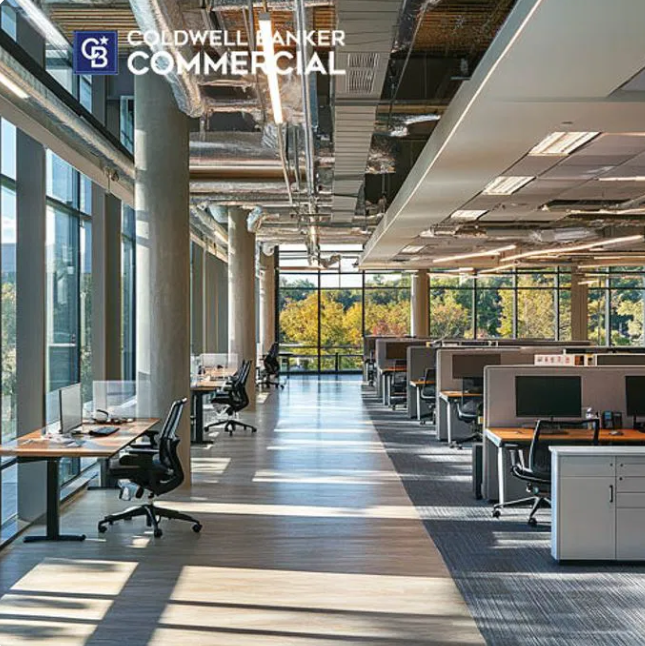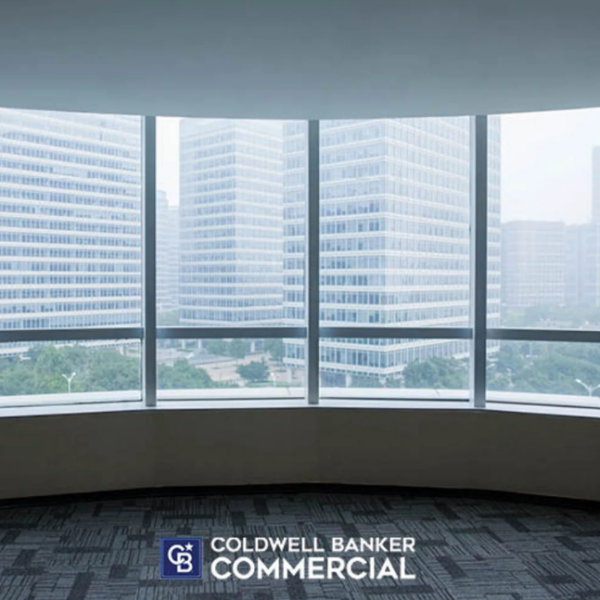The concept of the flexible office has become a defining feature of the post-pandemic era. With hybrid work models now widespread, businesses are rethinking traditional office layouts, favoring more adaptable, technology-driven workspaces. In 2024, the flexible office is not just a trend but a key tool for balancing employee satisfaction with operational efficiency.
The rise of hybrid work, where employees split their time between home and the office, is the driving force behind this shift. A recent survey shows that around 72% of U.S. companies have adopted some form of hybrid work, and this number is expected to grow. Companies are now redesigning their office spaces to encourage collaboration and creativity while seamlessly supporting remote work.
A significant change in office design is the move away from dedicated desks and cubicles toward more open, flexible spaces. Hot-desking, where employees use available desks rather than fixed workstations, is gaining traction. This approach helps organizations optimize space and reduce real estate costs; a growing concern given high office vacancy rates in major cities.
However, flexibility in the office goes beyond furniture and layouts—it depends on technology. The adoption of collaboration tools like Zoom, Slack, and Microsoft Teams has surged, enabling smooth communication between remote and on-site workers. Smart office technology, from mobile apps for booking meeting rooms to sensors that track occupancy and air quality, is also playing a pivotal role. These tools enhance employee experience while helping businesses make data-driven decisions about space utilization and resource allocation.
In addition to offering insights into space usage, real-time occupancy data allows companies to adjust office layouts for better efficiency, reducing energy consumption. This tech-enabled flexibility reflects a broader cultural shift where the office is no longer just a place for employees to clock in and out, but a space that supports trust, autonomy, and outcomes over rigid schedules.
Employees have embraced this cultural shift. A 2024 report revealed that 65% of workers prioritize flexibility in where and when they work, viewing it as key to job satisfaction. In response, companies are adopting policies that allow employees to choose how they use office space, whether for focused work, team meetings, or collaborative projects.
Going forward, the flexible office will continue to evolve. Businesses will keep exploring ways to make their workspaces even more adaptable and sustainable. Modular offices with movable walls and furniture are becoming more common, allowing companies to reconfigure spaces as needs change. Sustainability is also gaining importance in office design, with energy-efficient lighting, eco-friendly materials, and smart climate control systems taking center stage.








